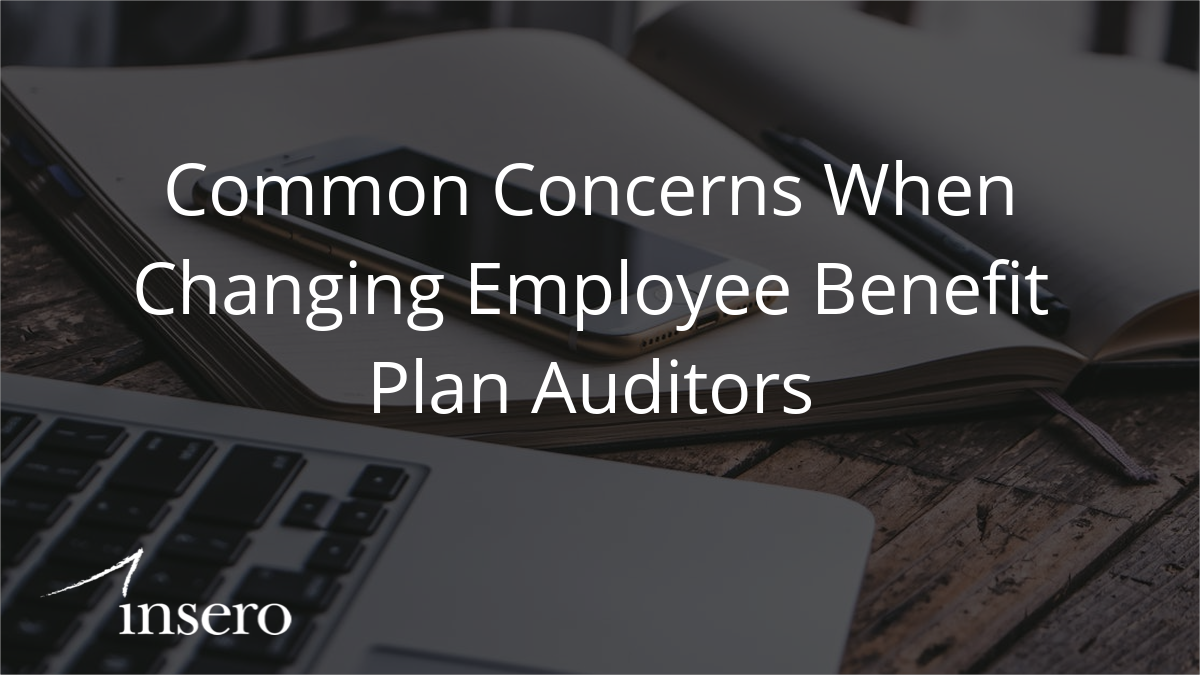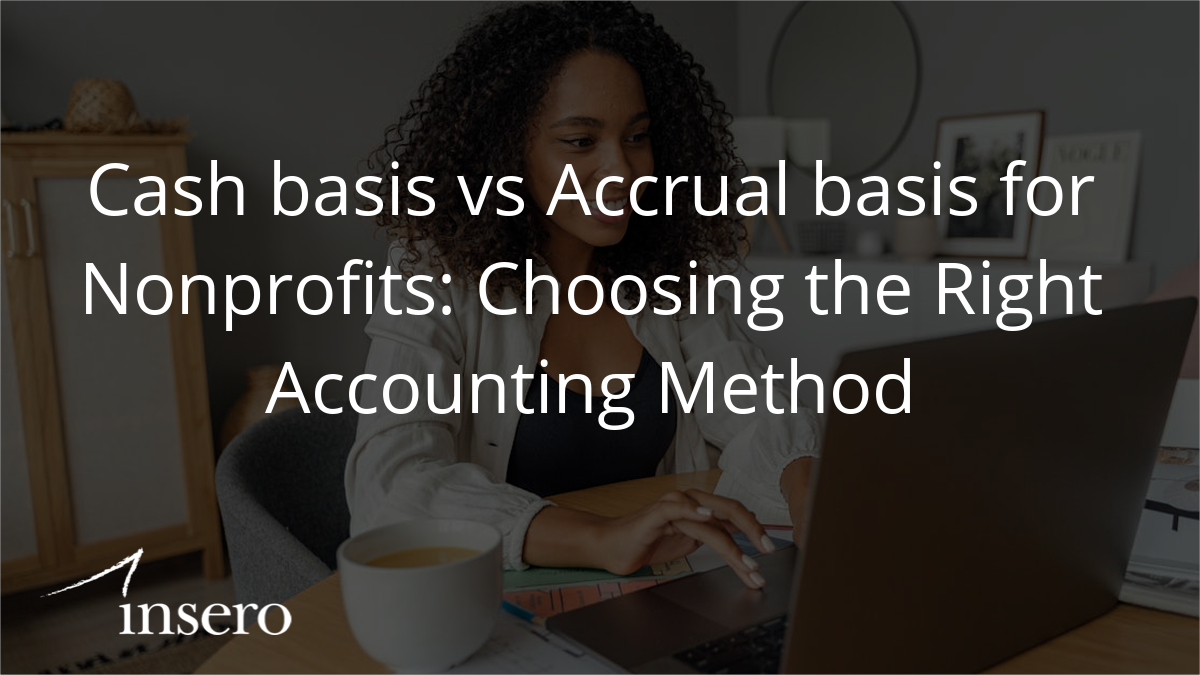Reap the rewards of managed fund fees
Good news for retirement plan participants: The multi-year trend of regular asset management cost reductions is going strong. However, according to recent research on the topic by the Investment Company Institute (ICI), the trend is partly attributable to actions taken by participants, rather than voluntary fee reductions on the part of asset management companies. ICI data provides an important reference point when reviewing the asset management costs your plan participants are paying in your fund lineup.
Quick stats
While asset management fees aren’t the only retirement plan expense category that plan sponsors need to monitor, they’re typically the largest component and, therefore, warrant careful monitoring. Here’s a quick top line review of asset-weighted average fees for four fund categories in the decade from 2008 to 2018:
| Type of fund | 2008 | 2018 |
| Equity | .83% | .55% |
| Bond | .61% | .48% |
| Hybrid (including target-date funds) | .77% | .66% |
| Money market | .35% | .26% |
Note: Asset-weighted fee calculations assign greater statistical significance to fees charged by larger funds than smaller ones. Without that adjustment, the higher fees for smaller funds push overall “simple average” calculations considerably higher. For example, the unweighted average fee for equity funds in 2018 was 1.26%.
More fee findings
For perspective, another data source, the 401k Averages Book, also recently released its 2018 findings of total plan costs — combining asset management, record-keeping and administration fees. It found, for example, an average total cost of 1.24% of plan assets, for plans with around $5 million in assets and 100 participants. For large plans with at least 1,000 participants and $50 million in assets, the average was .91%.
The ICI research found that, within the equity mutual fund categories, asset-weighted average fees ranged from a low of .33% for blended funds to .71% for growth funds and .73% for sector funds. In the bond fund sector, high-yield bond fund asset management fees average .73%, more than double the .34% average for investment grade funds.
Another segment of the ICI study covered target date funds (TDFs). Asset-weighted average fees for TDFs, at .40%, have been coming down over the past decade (from .67% in 2008) as assets in these “fund of funds” have mushroomed — to $1.1 trillion in 2018 from $160 billion in 2008.
Trend factors
What’s behind the downward trend in fees? A combination of four factors:
- Expense ratios of some individual funds have fallen,
- Assets have shifted to lower-cost funds,
- New, lower-cost funds have entered the market, and
- Higher-cost funds have left the market.
Lower costs generally come in the form of index funds and exchange traded funds (ETFs), which are often index funds. For instance, the average cost of an index equity fund is now .20%, less than half the .55% average for all equity funds (including index funds and ETFs in that category total). Index funds now represent 23% of the mutual fund universe, with the largest share (around three-fourths) being equity index funds.
The least significant factor in lowering of average fund costs, according to the ICI, is fee reductions by fund managers. That means, to get the benefit of lower fees, plan sponsors can’t simply wait for funds on their fund menu to make that happen. Rather, they need to look for — and shift — assets to more competitively priced funds.
Be informed
Due to the ongoing coronavirus (COVID-19) pandemic, it’s uncertain how fee fund structures will be affected. Remember, there’s more to evaluating the suitability of a fund for your plan than its fee structure alone. The ICI report’s findings make it possible to take a closer look at your own expense ratios.
As always, we hope you enjoy this edition of our newsletter and we look forward to receiving your feedback. Should you have any questions regarding the information contained in the attached materials or our Employee Benefit Plan Services, please feel free to contact me directly.
Want to learn more?
Join our Employee Benefit Plan Resources group on LinkedIn for more frequent updates on recent developments and best practices and discuss related topics with your peers.




